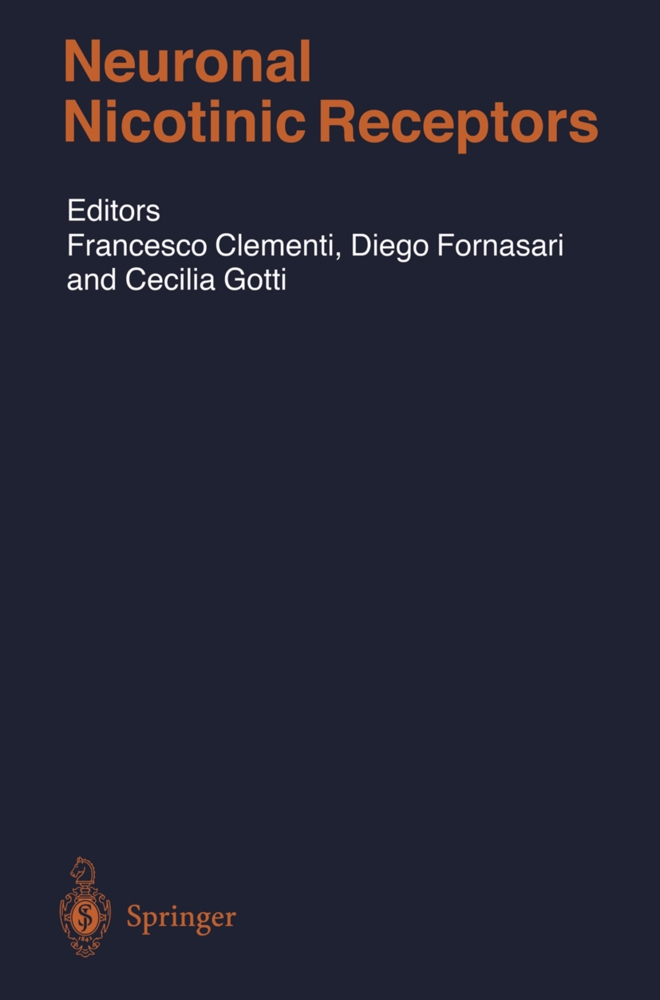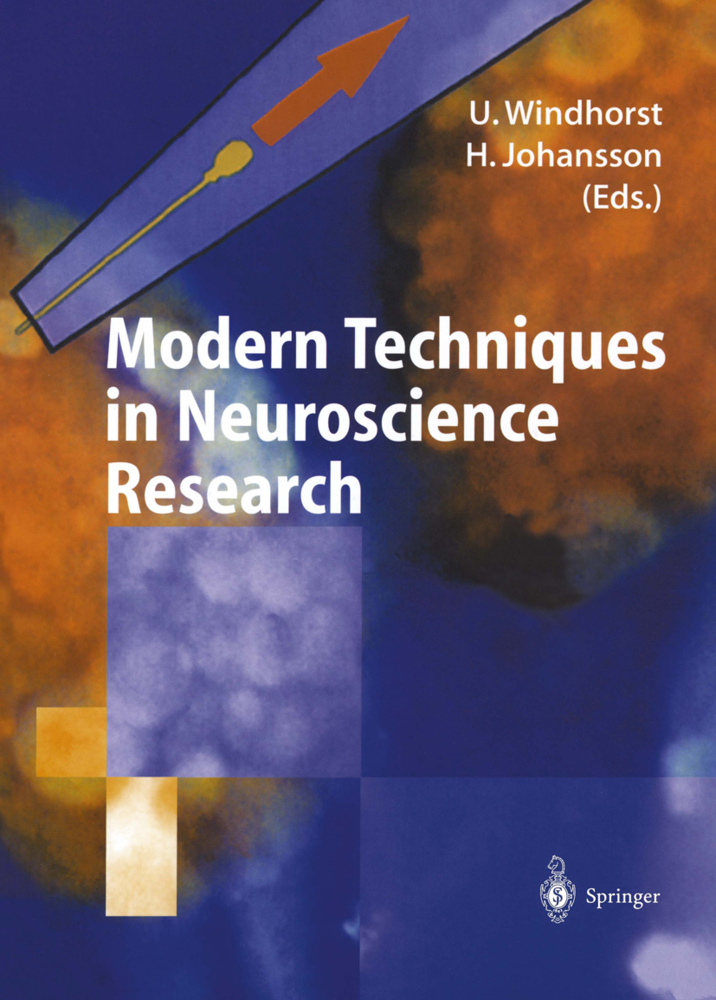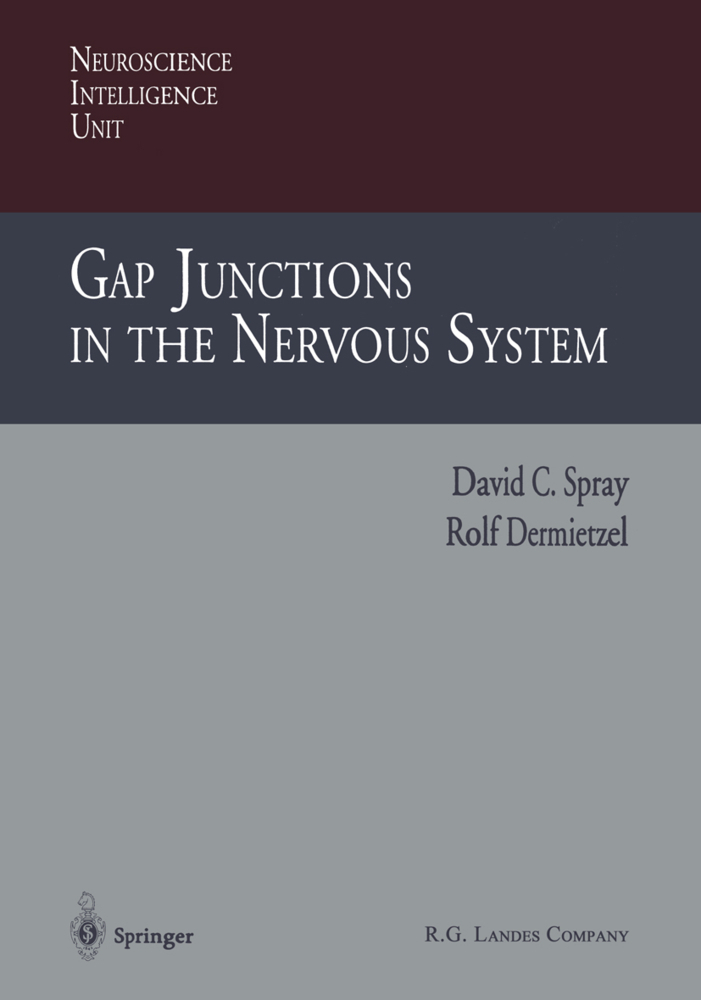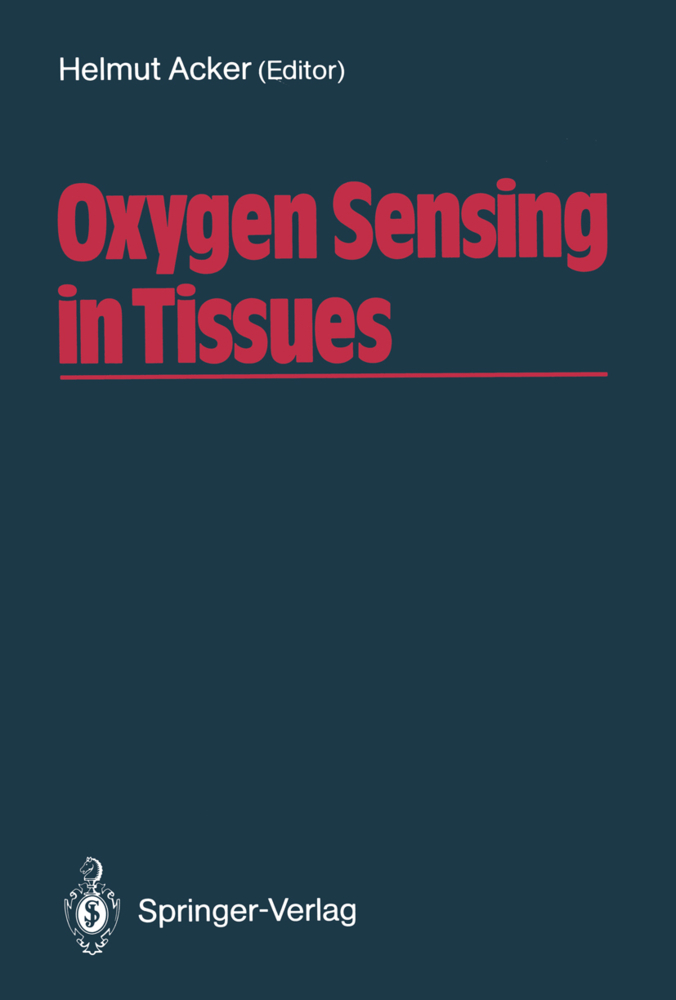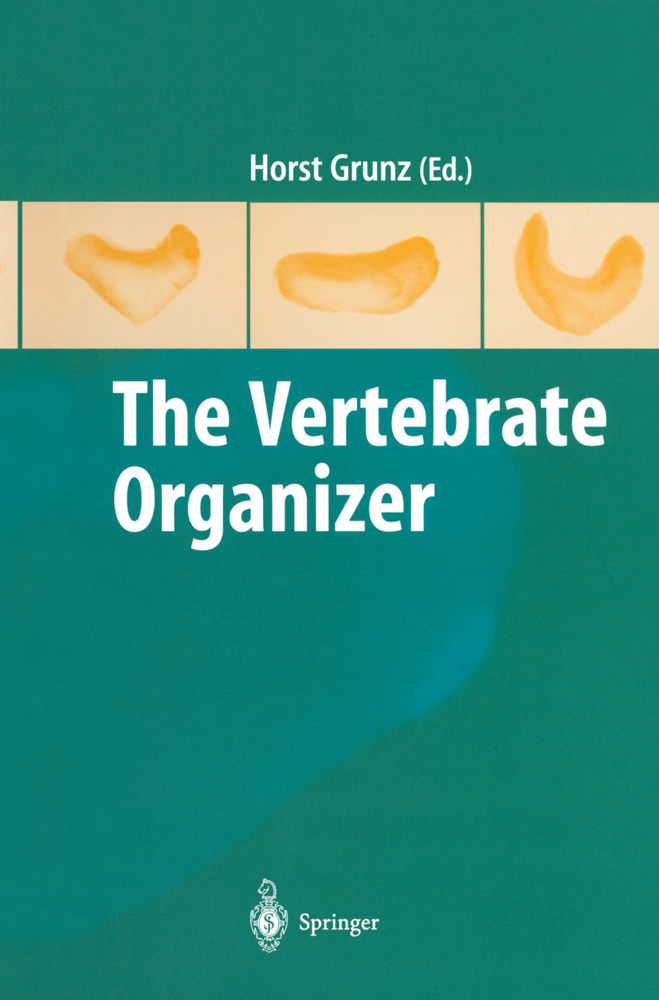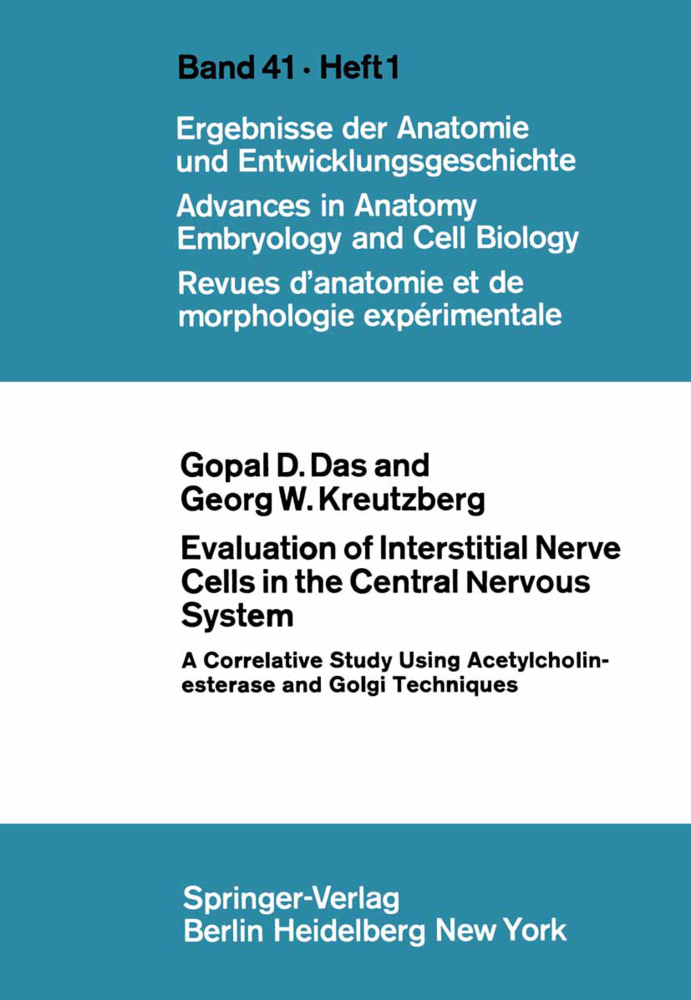Calcium-Binding Proteins in the Human Developing Brain
Calcium-Binding Proteins in the Human Developing Brain
In the mature brain calcium ions play pivotal roles in transmembrane and intracellular transmission of signals. Thus, calcium is involved in numerous neuronal functions including neurotransmitter release, enzyme regulation, modulation of neuronal excitability, gene expression, microtubular transport or synaptic plasticity. Many of these calcium-dependent processes are mediated or modulated by a number of cytosolic calcium-binding proteins. All nerve cells contain the calcium-binding protein calmodulin. Other CaBPs are restricted to certain nerve celltypes, i.e. parvalbumin, calbindin and calretinin.
1.2 CaBPs in the Mature and Developing Central Nervous System
1.3 Overview: Features of the Developing Brain
1.4 Scope of This Review
1.5 Materials and Methods
2 Cerebral Cortex: Subplate
2.1 Description
2.2 Expression of CaBPs in the Subplate
2.3 Functional Roles of the Subplate
2.4 Resolution of the Subplate
2.5 Effect of Fetal Hydrocephalus on the Distribution Pattern of CaBPs in the Subplate
2.6 Significance of the Subplate in Premature Infants
3 Cerebral Cortex: Cortical Plate
3.1 Description
3.2 CaBPs in the Cortical Plate
3.3 Effect of Fetal Hydrocephalus on the Distribution Pattern of CaBPs in the Cortical Plate
4 Cerebral Cortex: Molecular Layer (Layer I)
4.1 Description
4.2 CaBPs in the Molecular Layer
4.3 Alterations in the Organization of Layer I in Trisomy 22
5 Ganglionic Eminence
5.1 Description
5.2 Developmental History
5.3 Neuronal Populations Originating from the Ganglionic Eminence
5.4 Calretinin and Calbindin Immunoreactive Cells in the Ganglionic Eminence and in the Intermediate Zone
5.5 The Ganglionic Eminence as an Intermediate Target
5.6 Significance of the Ganglionic Eminence in Developmental Neuropathology
6 Striatum
6.1 Description
6.2 Calbindin Expression in the Developing Striatum
6.3 Correlation of Calbindin Immunostaining and Expression of Synapse-Related Proteins in the Striatal Compartment of the Human Developing Brain
6.4 Significance of the Immunohistochemical Findings in the Striatum for Developmental Neuropathology
7 Amygdala
7.1 Description
7.2 Transient Architectonic Features of the Amygdala
7.3 Nerve Cell Types in the Fetal Amygdala as Seen in Calbindin and Calretinin Immunopreparations
7.4 Diffuse Calbindin and Calretinin Immunostaining in the Human Fetal Amygdala
8 Basal Nucleus of Meynert
8.1 Description
8.2 Calbindin Immunoreactive Neurons in the Basal Nucleus of Meynert
8.3 Effect of Fetal Hydrocephalus on Neuronal Morphology in the Basal Nucleus of Meynert
9 Hypothalamic Tuberomamillary Nucleus
9.1 Description
9.2 Parvalbumin and Calretinin in the Tuberomamillary Nucleus
10 Thalamic Reticular Complex
10.1 Description
10.2 Main Portion
10.3 Perireticular Nucleus
10.4 Medial Subnucleus
10.5 Pregeniculate Nucleus
10.6 Neuronal Types of the Thalamic Reticular Complex as Seen in Parvalbumin and Calretinin Immunopreparations
11 Red Nucleus
11.1 Description
11.2 Distribution Pattern of CaBPs in the Developing and Adult Red Nucleus
11.3 Relationship Between the Magnocellular and Parvocellular Parts
11.4 Neurochemical Characteristics of Rubric Nerve Cells
11.5 The Magnocellular Part of the Red Nucleus in the Adult Human Brain
11.6 The Magnocellular Part of the Red Nucleus in the Developing Human Brain
11.7 Significance of the Prominent Magnocellular Part for Neuropediatrics
12 Summary
References.
1 Introduction
1.1 Calcium-Binding Proteins1.2 CaBPs in the Mature and Developing Central Nervous System
1.3 Overview: Features of the Developing Brain
1.4 Scope of This Review
1.5 Materials and Methods
2 Cerebral Cortex: Subplate
2.1 Description
2.2 Expression of CaBPs in the Subplate
2.3 Functional Roles of the Subplate
2.4 Resolution of the Subplate
2.5 Effect of Fetal Hydrocephalus on the Distribution Pattern of CaBPs in the Subplate
2.6 Significance of the Subplate in Premature Infants
3 Cerebral Cortex: Cortical Plate
3.1 Description
3.2 CaBPs in the Cortical Plate
3.3 Effect of Fetal Hydrocephalus on the Distribution Pattern of CaBPs in the Cortical Plate
4 Cerebral Cortex: Molecular Layer (Layer I)
4.1 Description
4.2 CaBPs in the Molecular Layer
4.3 Alterations in the Organization of Layer I in Trisomy 22
5 Ganglionic Eminence
5.1 Description
5.2 Developmental History
5.3 Neuronal Populations Originating from the Ganglionic Eminence
5.4 Calretinin and Calbindin Immunoreactive Cells in the Ganglionic Eminence and in the Intermediate Zone
5.5 The Ganglionic Eminence as an Intermediate Target
5.6 Significance of the Ganglionic Eminence in Developmental Neuropathology
6 Striatum
6.1 Description
6.2 Calbindin Expression in the Developing Striatum
6.3 Correlation of Calbindin Immunostaining and Expression of Synapse-Related Proteins in the Striatal Compartment of the Human Developing Brain
6.4 Significance of the Immunohistochemical Findings in the Striatum for Developmental Neuropathology
7 Amygdala
7.1 Description
7.2 Transient Architectonic Features of the Amygdala
7.3 Nerve Cell Types in the Fetal Amygdala as Seen in Calbindin and Calretinin Immunopreparations
7.4 Diffuse Calbindin and Calretinin Immunostaining in the Human Fetal Amygdala
8 Basal Nucleus of Meynert
8.1 Description
8.2 Calbindin Immunoreactive Neurons in the Basal Nucleus of Meynert
8.3 Effect of Fetal Hydrocephalus on Neuronal Morphology in the Basal Nucleus of Meynert
9 Hypothalamic Tuberomamillary Nucleus
9.1 Description
9.2 Parvalbumin and Calretinin in the Tuberomamillary Nucleus
10 Thalamic Reticular Complex
10.1 Description
10.2 Main Portion
10.3 Perireticular Nucleus
10.4 Medial Subnucleus
10.5 Pregeniculate Nucleus
10.6 Neuronal Types of the Thalamic Reticular Complex as Seen in Parvalbumin and Calretinin Immunopreparations
11 Red Nucleus
11.1 Description
11.2 Distribution Pattern of CaBPs in the Developing and Adult Red Nucleus
11.3 Relationship Between the Magnocellular and Parvocellular Parts
11.4 Neurochemical Characteristics of Rubric Nerve Cells
11.5 The Magnocellular Part of the Red Nucleus in the Adult Human Brain
11.6 The Magnocellular Part of the Red Nucleus in the Developing Human Brain
11.7 Significance of the Prominent Magnocellular Part for Neuropediatrics
12 Summary
References.
Ulfig, Norbert
| ISBN | 978-3-540-43463-4 |
|---|---|
| Artikelnummer | 9783540434634 |
| Medientyp | Buch |
| Copyrightjahr | 2002 |
| Verlag | Springer, Berlin |
| Umfang | X, 96 Seiten |
| Abbildungen | X, 96 p. 20 illus., 1 illus. in color. |
| Sprache | Englisch |

